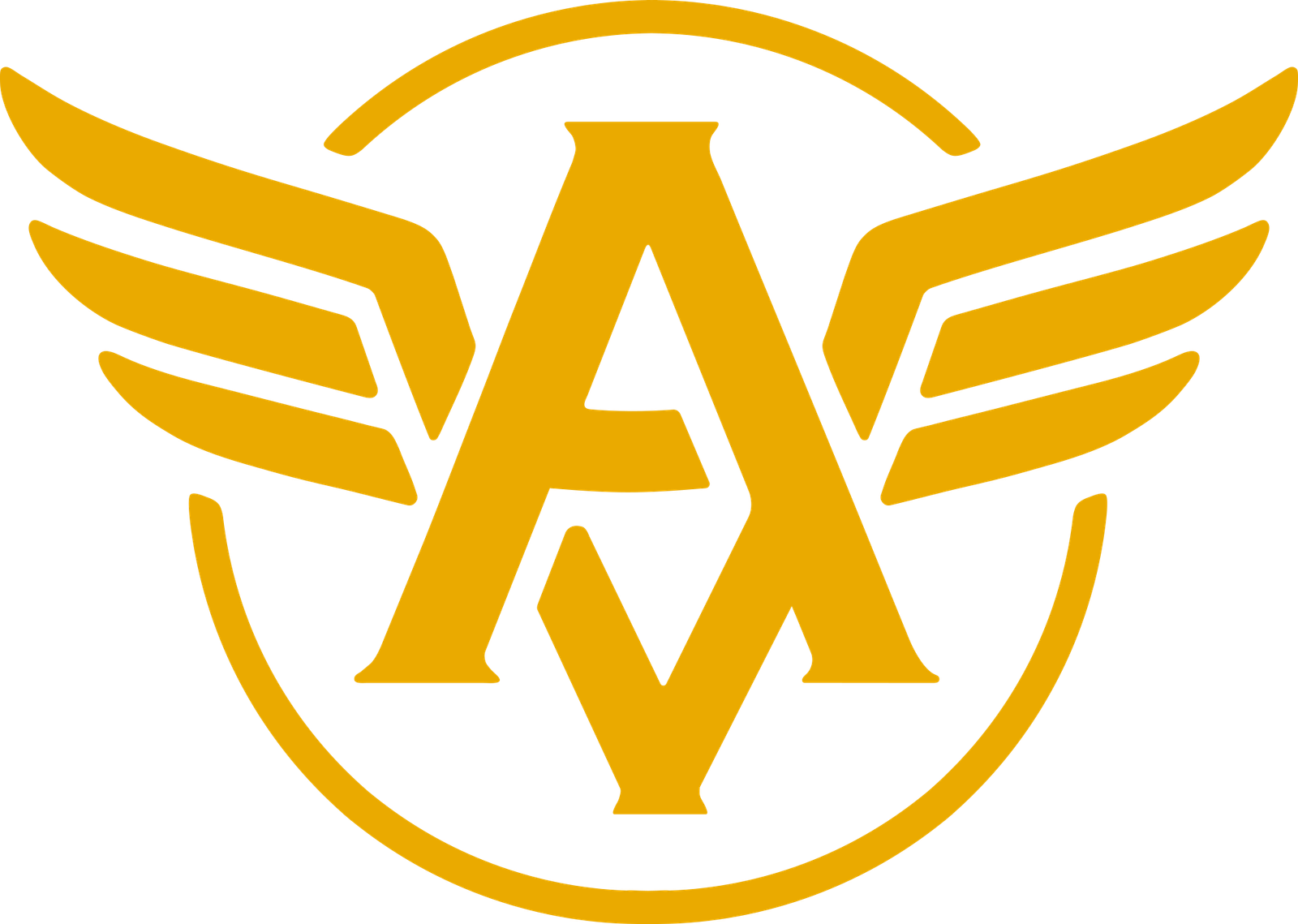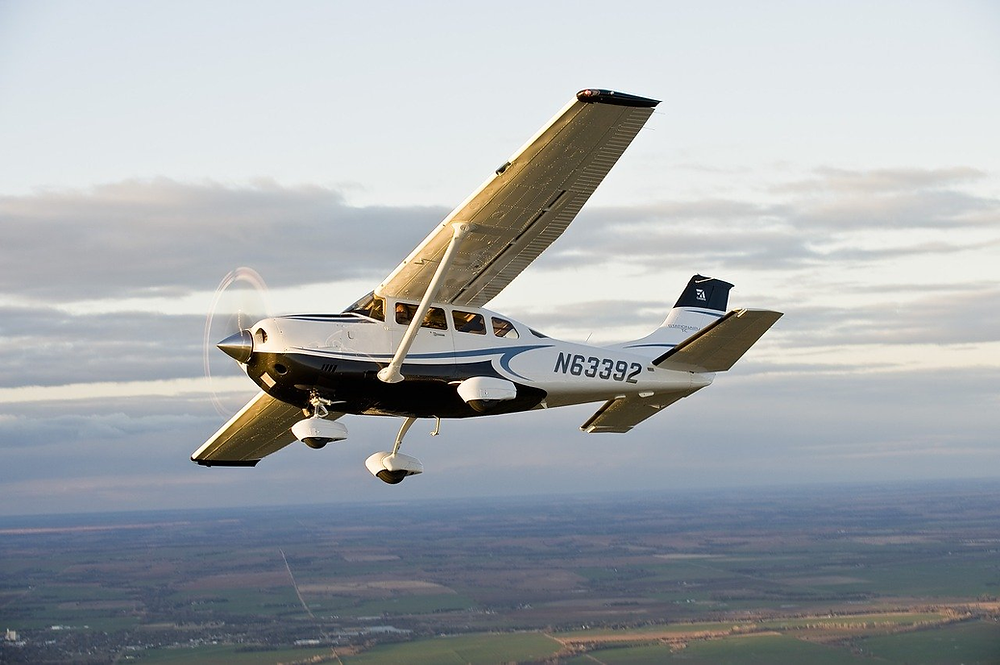Purchasing an Airplane: How Much Does Owning a Small Plane Cost?
The dream of taking to the skies in your own aircraft has inspired countless aviation enthusiasts. Unlike commercial travel, where timetables, long lines, and crowded cabins dictate the experience, owning a small plane gives you the power to decide when and where to fly. But before chasing that freedom, the practical question arises: how much does a small private plane cost?
The answer is more complex than a single number. Airplanes cost more than their sticker price. To understand the overall cost of owning a small plane, one must consider the purchase price, fuel burn, maintenance and inspections, aircraft insurance, hangar space, and a long list of additional costs. These ongoing expenses can quickly add up, and they vary widely depending on the type of plane, flight hours per year, and whether you’re flying for personal recreation or business purposes
This guide will break down everything you need to know about the cost of owning a small aircraft. And if you’re exploring ownership options, Aeroshare-Ventures provides resources, insights, and partnerships designed to help new and experienced pilots make smarter, more affordable decisions in aviation.
Plane Purchase Price
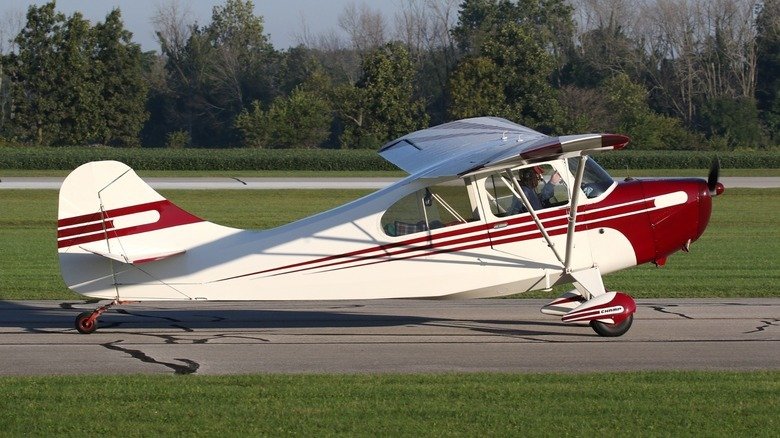
The purchase price is the largest upfront expense. Small single-engine airplanes, multi-engine planes, ultralights, and higher-performance aircraft all occupy different cost brackets.
- Entry-level used aircraft: A Cessna 150, Piper Cherokee, or Beechcraft Musketeer might be found for $25,000 to $60,000. Buying used often lowers the barrier to entry, but may involve higher repair bills if the airframe has seen heavy use.
- Popular small single-engine models: A well-maintained used Cessna 172 or Socata Tampico often sells for $80,000 to $200,000, depending on avionics upgrades and condition.
- New small airplanes: Factory-fresh general aviation airplanes, such as a Diamond DA40 or Piper Archer, cost $350,000 to $500,000. These features include modern glass cockpits, autopilots, and warranties that reduce immediate maintenance costs.
- Multi-engine airplanes: A Piper Seneca, Beechcraft Baron, or other twin-engine design can easily cost $750,000 to $1.5 million, though older models can be found for $200,000–$500,000.
- Specialized planes: Amphibious, higher-performance, or business-oriented aircraft can reach into the millions, reflecting their advanced capabilities.
For any plane, a pre-purchase inspection is critical. Mechanics evaluate the airframe, avionics, and logbooks to ensure the buyer isn’t walking into hidden operating expenses.
Airplane Fuel Costs
Fuel costs are one of the biggest contributors to ongoing expenses. A plane’s fuel burn depends on size, engine type, and how it’s flown.
- Small single-engine airplanes: Burn about 5–10 gallons per hour. With avgas at $6–$7 per gallon, that equals $30–$70 per flight hour.
- Higher-performance single-engine aircraft: Planes like the Cirrus SR22 may use 14–18 gallons per hour, or about $90–$125 each hour.
- Multi-engine planes: Two engines double the burn rate, often reaching 20–30 gallons per hour, costing $120–$200 per hour.
- Ultralights: Some consume only 3–4 gallons per hour, making them far cheaper for casual flying.
Flight hours per year greatly influence annual fuel costs. A pilot flying 50 hours per year might spend $3,000, while another logging 200 hours may spend $15,000.
Maintenance and Inspections
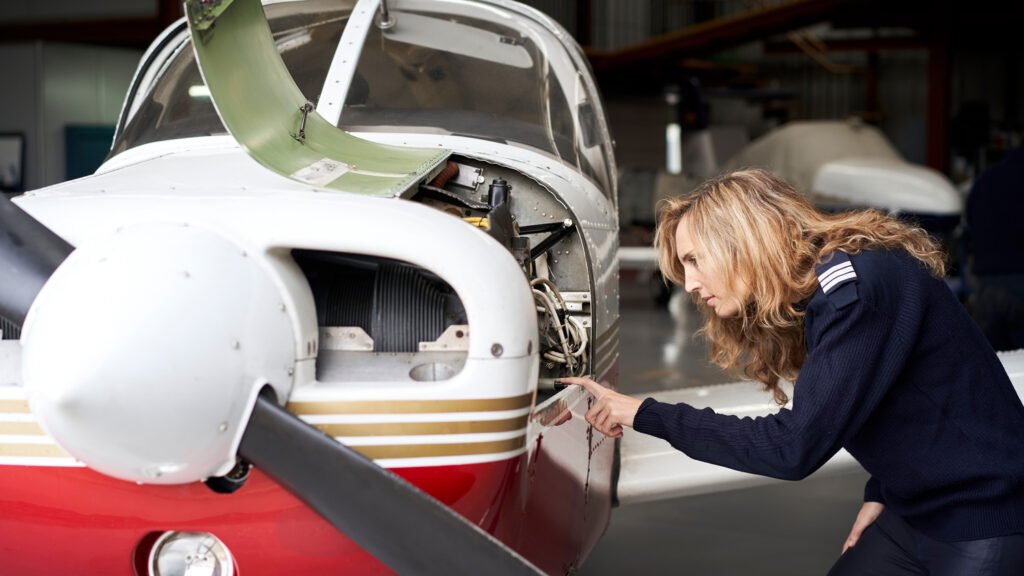
No matter the type of plane, maintenance and inspections are unavoidable. Regulations require aircraft owners to keep their machines airworthy.
- Annual inspections: Mandated for general aviation airplanes. Typically cost $1,000–$3,000, though surprise findings can push the total higher.
- Routine servicing: Oil changes every 25–50 hours, brake checks, and minor repairs add another $500–$1,000 annually.
- Engine overhauls: Engines have time-between-overhaul (TBO) limits. A small single-engine overhaul runs $20,000–$30,000. Multi-engine airplanes double that figure.
- Avionics upgrades: Adding a glass cockpit, autopilot, or ADS-B equipment can cost $10,000–$50,000.
- Repairs: Unexpected expenses—cracked windows, corrosion, or airframe issues—can easily cost thousands.
The aircraft owners and pilots association (AOPA) often stresses that maintenance costs vary, but research and planning are crucial.
Aircraft Insurance
Insurance protects pilots from financial risks. Premiums vary with pilot experience, type of aircraft, and insurance requirements at specific airports.
- Liability only: About $250–$500 annually.
- Full hull and liability: $1,200–$2,500 per year for a small single-engine plane.
- Multi-engine and specialized aircraft: $3,000–$10,000 annually, sometimes more if the pilot lacks experience.
Many insurers demand a private pilot license and a minimum number of flight hours before offering favorable rates.
Aircraft Ownership: Storage Costs
Every plane must be stored properly when not in use.
- TiedownTiedown (tiedowntiedown): Outdoor parking costs $50–$150 per month. Cheaper, but the airframe and avionics suffer from weather exposure.
- Hangar space: Indoor storage ranges $300–$1,000 monthly, with premium facilities in urban airports charging over $1,500.
- Decision factors: A hangar protects against corrosion and UV damage, potentially lowering long-term maintenance costs despite higher fees.
Storage costs vary depending on region, airport size, and whether climate-controlled hangar space is required.
Pilot Training and Licensing
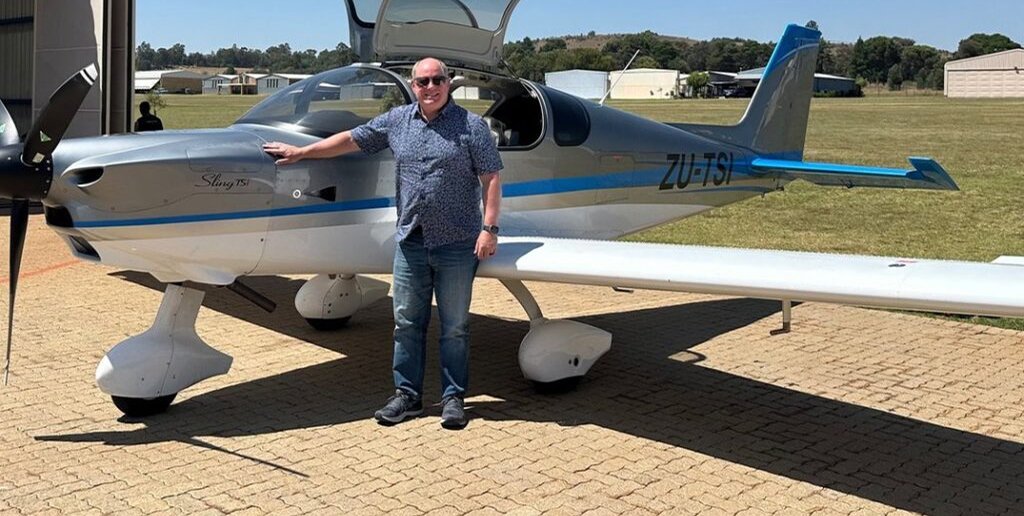
Becoming a pilot is another cost associated with owning a small plane.
- Private Pilot License (PPL): Training costs $8,000–$15,000, covering flight hours, instructor time, and exams.
- Additional ratings: Instrument, multi-engine, or commercial certifications add several thousand dollars each.
- Ongoing requirements: Pilots must complete biennial flight reviews, often costing $200–$500.
Without training, owning a small plane isn’t possible unless hiring a pilot, which brings further expenses.
Small Plane Fuel and Operating Costs
When analyzing operating expenses, fuel costs are one major category, but there are others:
- Operating costs per hour: Include fuel, oil, reserve for maintenance, and insurance. For a Cessna 172, many estimate $100–$150 per hour.
- Multi-engine planes: Often double that figure, around $250–$400 per hour.
- Ultralights: Can be flown for under $50 per hour, making them a low-cost option.
These numbers highlight why comparing to other aircraft is important. Different types of aircraft fit different flying habits and budgets.
Additional Costs in Private Ownership
Beyond major expenses, there are smaller items that still influence the overall cost of owning:
- Landing fees: $10–$100 depending on the airport.
- Charts, software, and subscriptions: Digital navigation and weather tools cost $200–$500 annually.
- Registration and taxes: Some states charge yearly registration or property tax on aircraft.
- Upgrades: Paint jobs or interior refurbishments can cost $10,000–$30,000.
These ongoing costs are easy to overlook but add up quickly.
Annual Cost of Owning a Small Plane
To summarize, here are annual cost ranges for different categories:
- Used a small single-engine aircraft
- Purchase: $40,000–$150,000
- Annual operating expenses: $5,000–$12,000
- New single-engine planes
- Purchase: $300,000–$500,000
- Annual costs: $8,000–$18,000
- Multi-engine planes
- Purchase: $750,000–$1.5M+
- Annual costs: $20,000–$40,000+
- Ultralights and experimental aircraft
- Purchase: $15,000–$80,000
- Annual costs: $2,000–$6,000
Overall cost varies by flight hours, location, and storage choice.
Private Ownership vs Alternatives
While the idea of personal aircraft ownership is attractive, alternatives may make sense for pilots with lower flight hours.
- Flying clubs: Spread costs among members, providing access to multiple types of aircraft.
- Fractional ownership: Share purchase and ongoing costs of a higher-performance aircraft.
- Rentals: Cost-effective for those flying fewer than 50–60 hours annually.
- Leasebacks: Some owners offset expenses by renting their planes to flight schools.
Each option offers varying levels of convenience, but none match the complete flexibility of full ownership.
Discover How Much Airplanes Cost in Reality

When people first hear a small plane’s purchase price, it can sound deceptively simple. But in reality, costs are associated with owning that go far beyond writing a check for the airframe. Operating expenses like small plane fuel, hangar space, annual inspections, and insurance requirements all must be factored in.
AOPA regularly publishes studies showing that airplanes cost more to own than many new pilots expect. That’s why research and planning are vital.
Final Thoughts on Owning a Small Plane
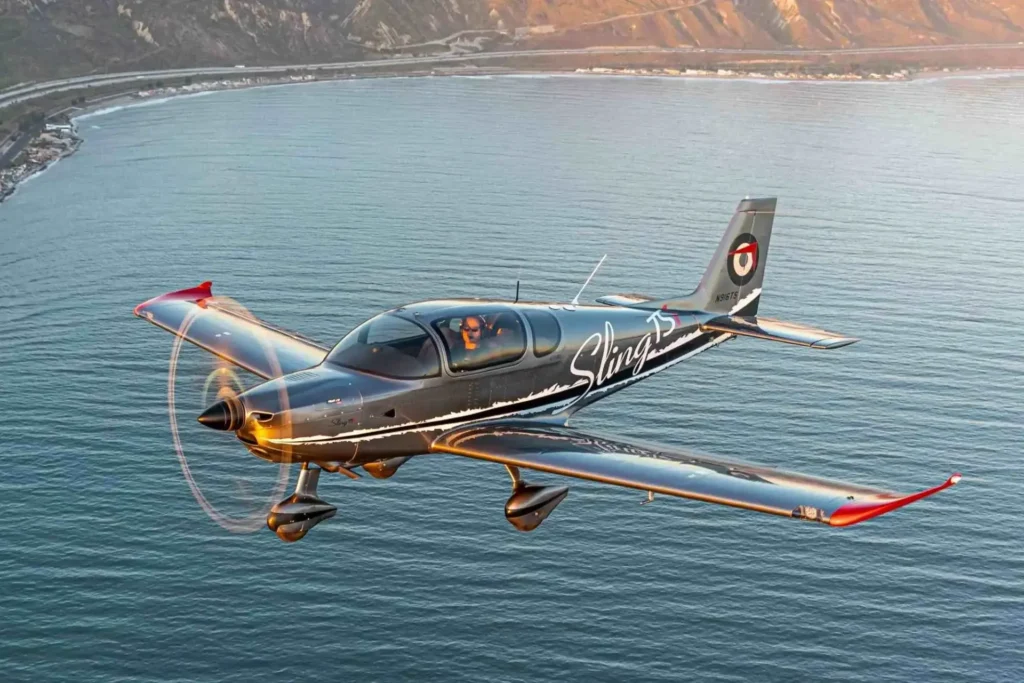
So, how much does a small private plane cost? For some, the answer is $40,000 and $6,000 a year. For others, it’s half a million dollars upfront and $20,000 per year in ongoing costs. It depends on the type of plane, pilot experience, storage choice, and how many flight hours are flown annually.
While the costs vary, the value of ownership is undeniable for those who love aviation. The chance to explore new places, fly to rural airports, or enjoy the view from the cockpit makes the expenses worthwhile.
Owning a small plane is not the cheapest form of travel, but for dedicated pilots, it remains one of the most rewarding investments imaginable. With careful research, a thorough pre-purchase inspection, and awareness of ongoing expenses, private ownership can transform flying from a dream into an everyday reality.
